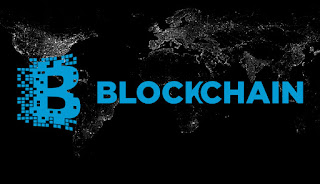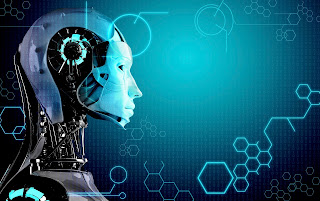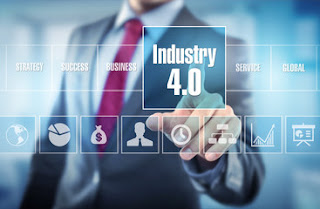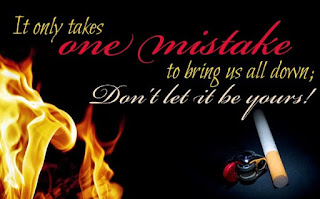Blockchain – Distributing records is now safe and permanent! – Skillwise Consulting
What is Blockchain?
Blockchain is a series of blocks that carry records and
continuously grow forming a chain of record that could neither be deleted nor
modified.
Blockchain could be imagined as a ledger that records all the
transactions between two parties in a way that the data is permanent and could
be verified by anyone who possess the subsequent blocks.
They could typically serve in recording events, medical records,
management activities, transaction records and origin of any documentation.
Structure of a Blockchain:
Each block contains a/set of records in it with a timestamp
and a link to the preceding block. The block creation is through a peer-to-peer
network and records are maintained at every level. Once a record is entered at
a particular timestamp, the data cannot be altered unless the data from the
whole chain of preceding and subsequent blocks are altered, which is close to
impossible.
Blockchains became the core component of the digital
currency bitcoin that serves as a public ledger of all transactions.
How secure would your data be?
Blockchains are decentralized, by thus eliminating the risk
of hacks in a centralized system or server.
Data is stored and sent across in a
distributed system that uses ad-hoc message passing technology.
Data Quality is ensured by massive data replication. Mining
nodes validate the transactions and every data on any block is trusted equally,
irrespective of who enters it.
Applications of Blockchain:
Blockchain technology has the potential to transform
business operations on a large scale with the data being entered and secured at
every stage of production/services.
Significant difference could be seen in the operational models
of
- Supply Chain
- Financial Transactions
- Asset Ledger
- Social Networking
Digital currency, prediction markets and governance tools
would form the major application of blockchain and are operational currently in
many countries worldwide.
- The accounting giant Ernst & Young has installed a bitcoin (blockchain technology) ATM and is accepting all its transactions through bitcoins.
- Smart contracts could now be done without human intervention and the contract data is secure and stable over years.
- Implementation of bitcoins is revolutionising the way data and fund transfers occur and holds the future of digital currency technology around the world.
Start before it’s too late to get you equipped on the
blockchain concepts and implementation for effective use of your organizational
development.







